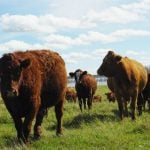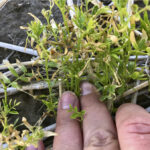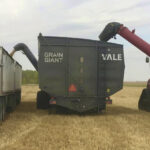
Features

The benefits of zone soil sampling after a dry season
Maximize the efficiency of your fall fertilizer applications

Crop advisor casebook: Has herbicide injury damaged 60 acres of lentils?
A Crop Advisor's Solution from the August 24, 2021 issue of Grainews

Load your grain trailer without the guesswork
New Prairie-grown camera arm device makes monitoring the hopper easier and safer

Ten tips for successful grain storage
Two storage experts discuss how to preserve cereal crop quality in the bin

New mobile field bin makes harvest more efficient
The Grain Giant from Vale Industries keeps the combines and grain carts running

A quick and easy way to compare grain prices
Farmbucks is an online tool that provides a localized snapshot of actual bids in real time geared to help farmers get the best prices for their grain

Farmers could benefit financially from this trend
Farm Financial Planner: Urban dwellers pay high prices for small land parcels

A fresh look at the benefits of precision-planted canola
Five Alberta producers share their experiences

Crop advisor casebook: What’s causing bare patches in this soybean field?
A Crop Advisor's Solution from the July 13, 2021 issue of Grainews

Tips to scout and identify crop pest grasshopper species
Flying before June, coloured hind wings and sings? It’s not eating your crops. Here’s how to identify the ones that are


